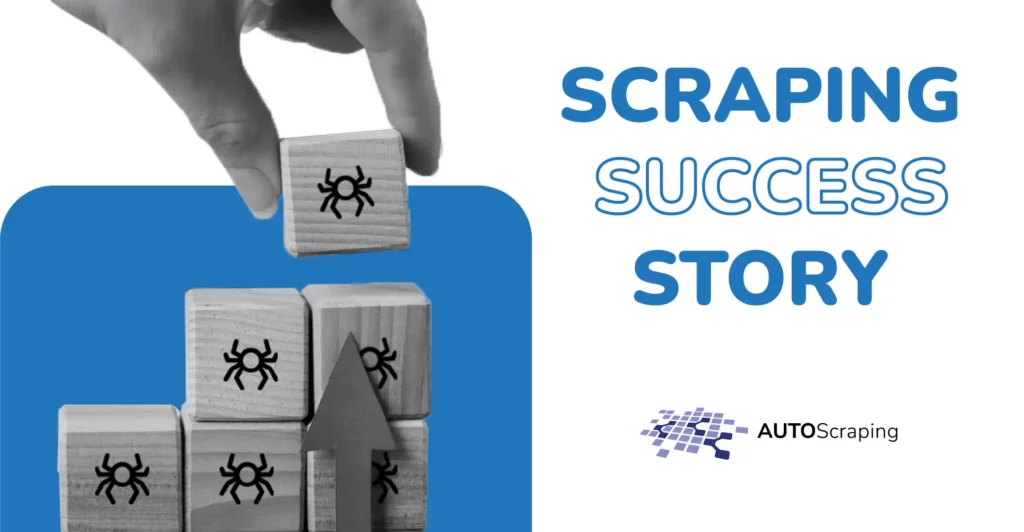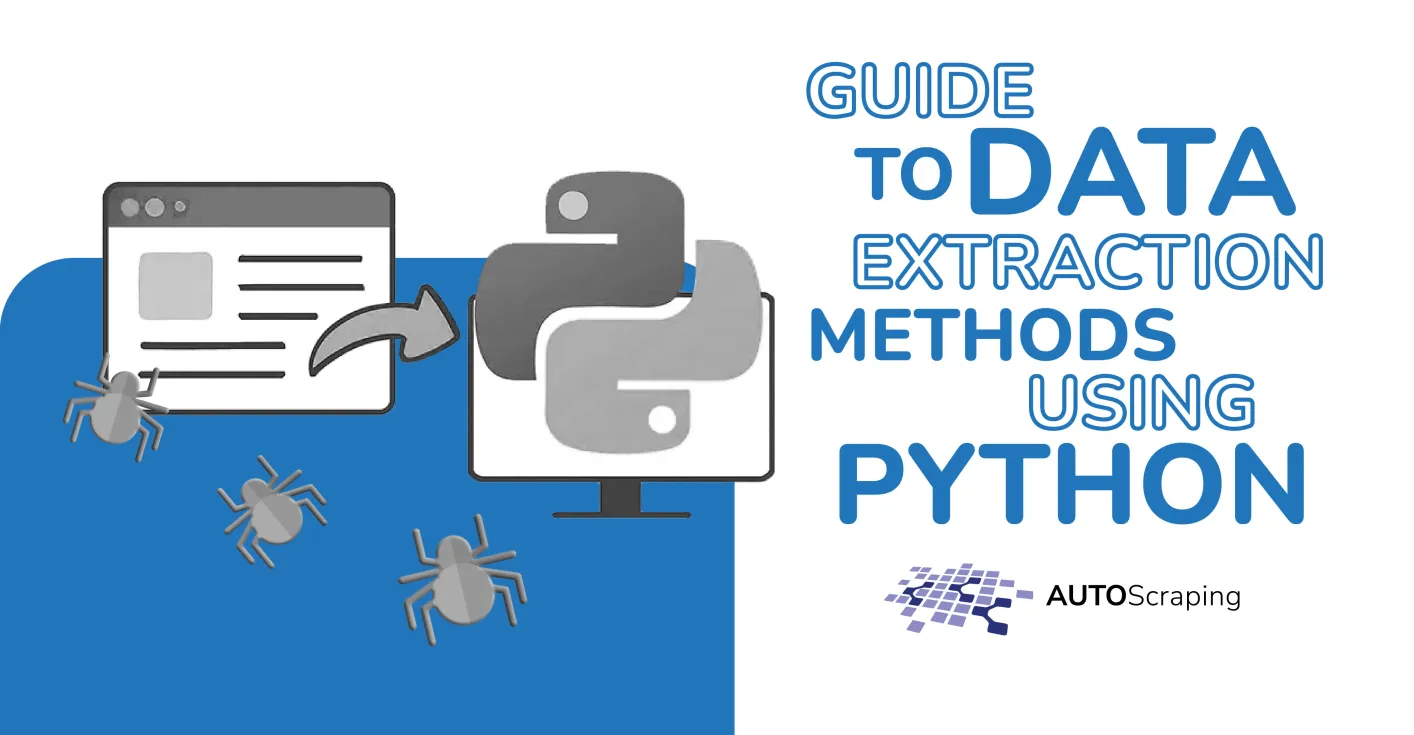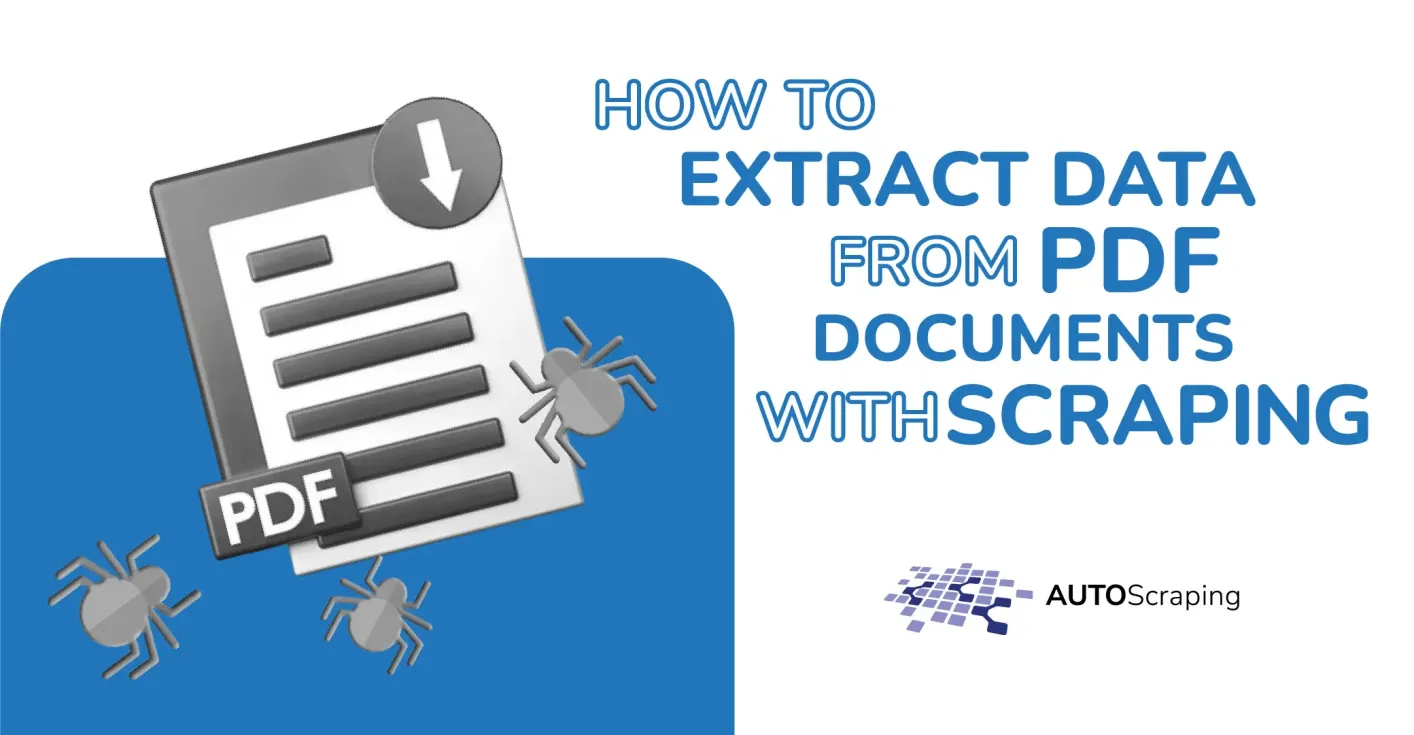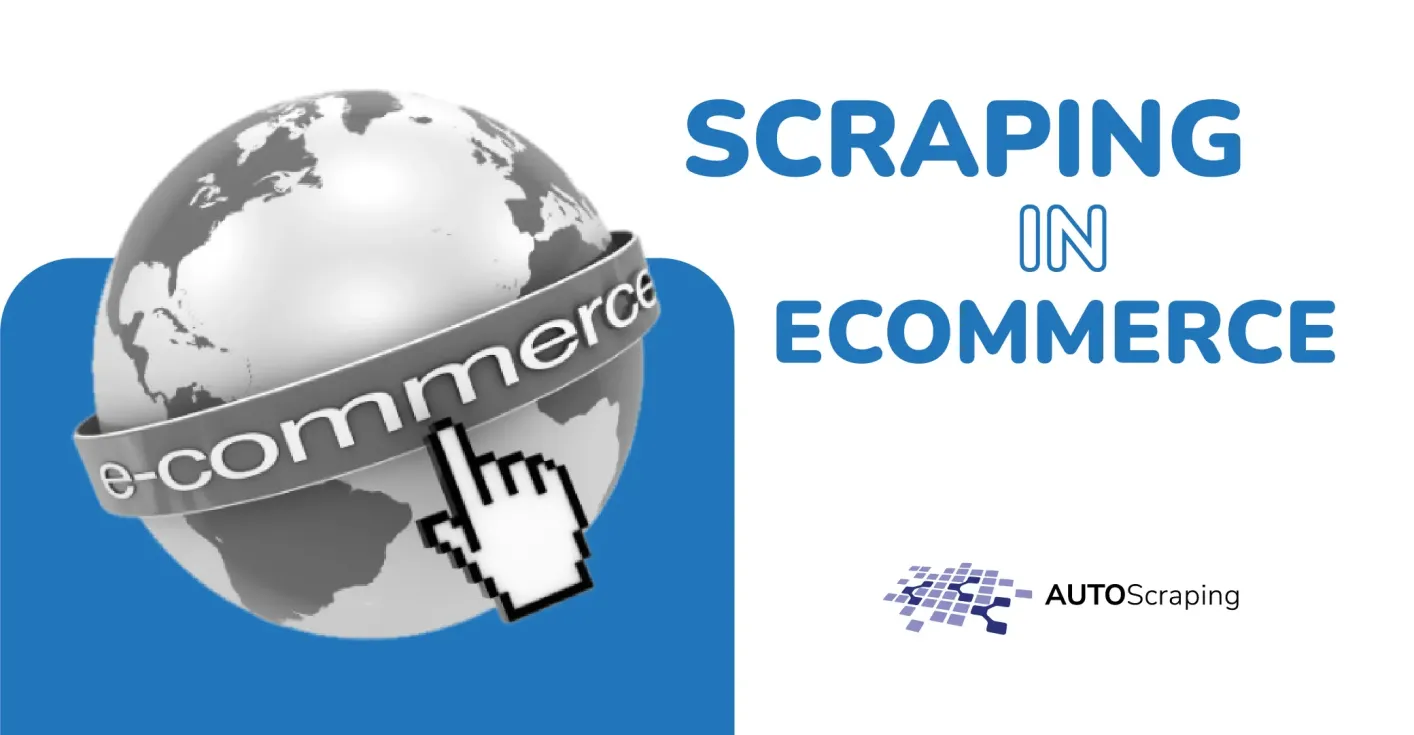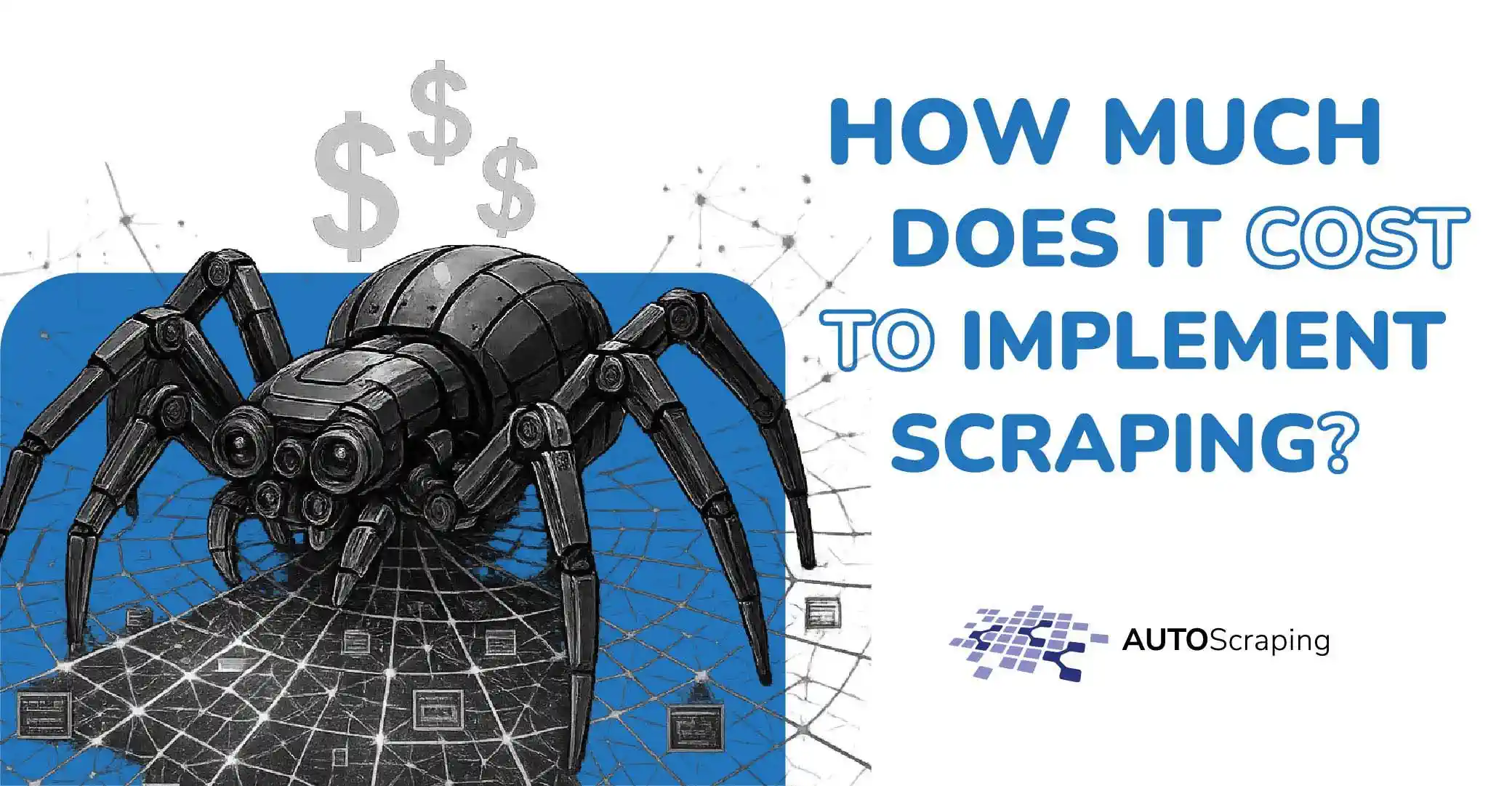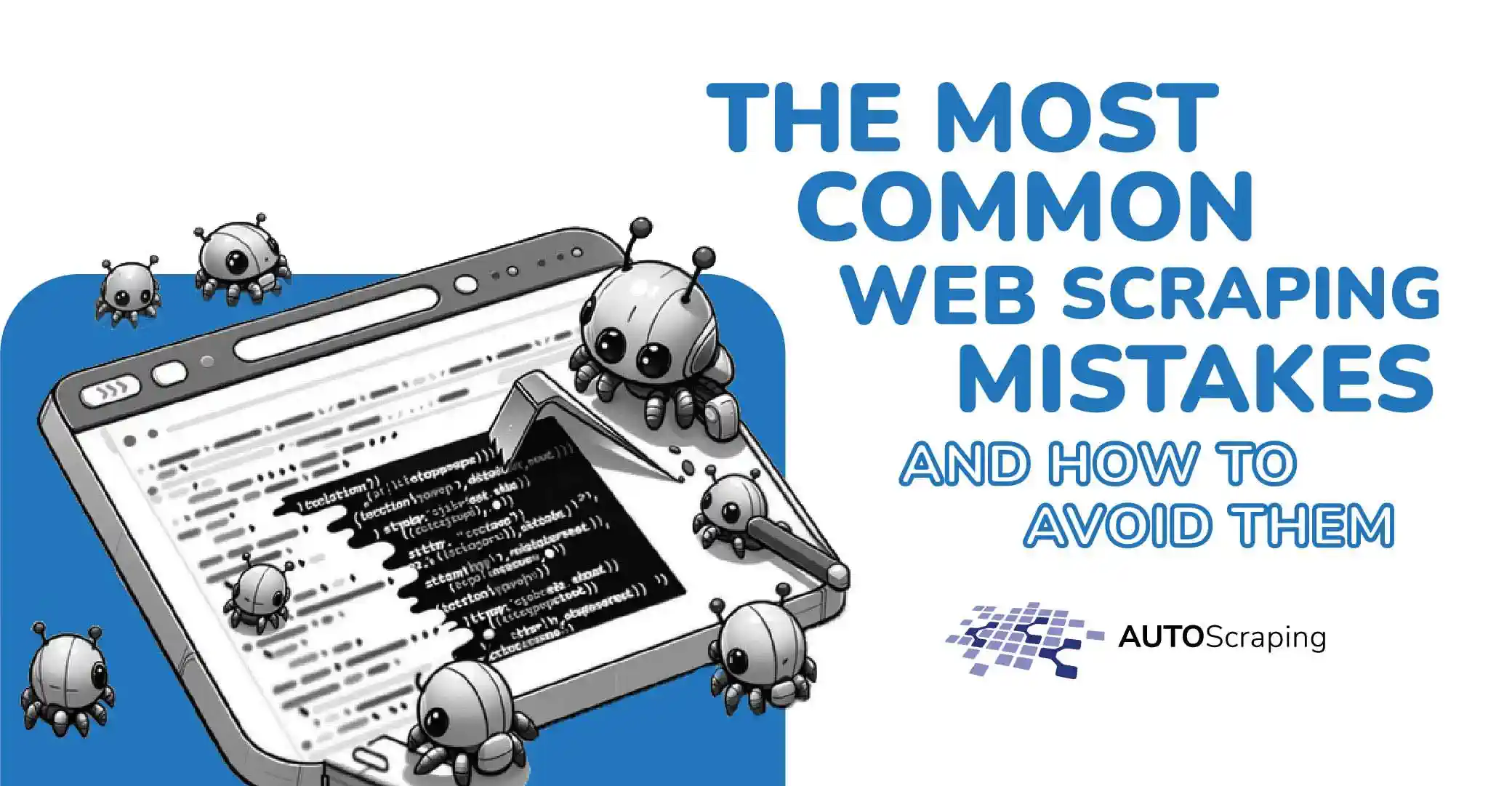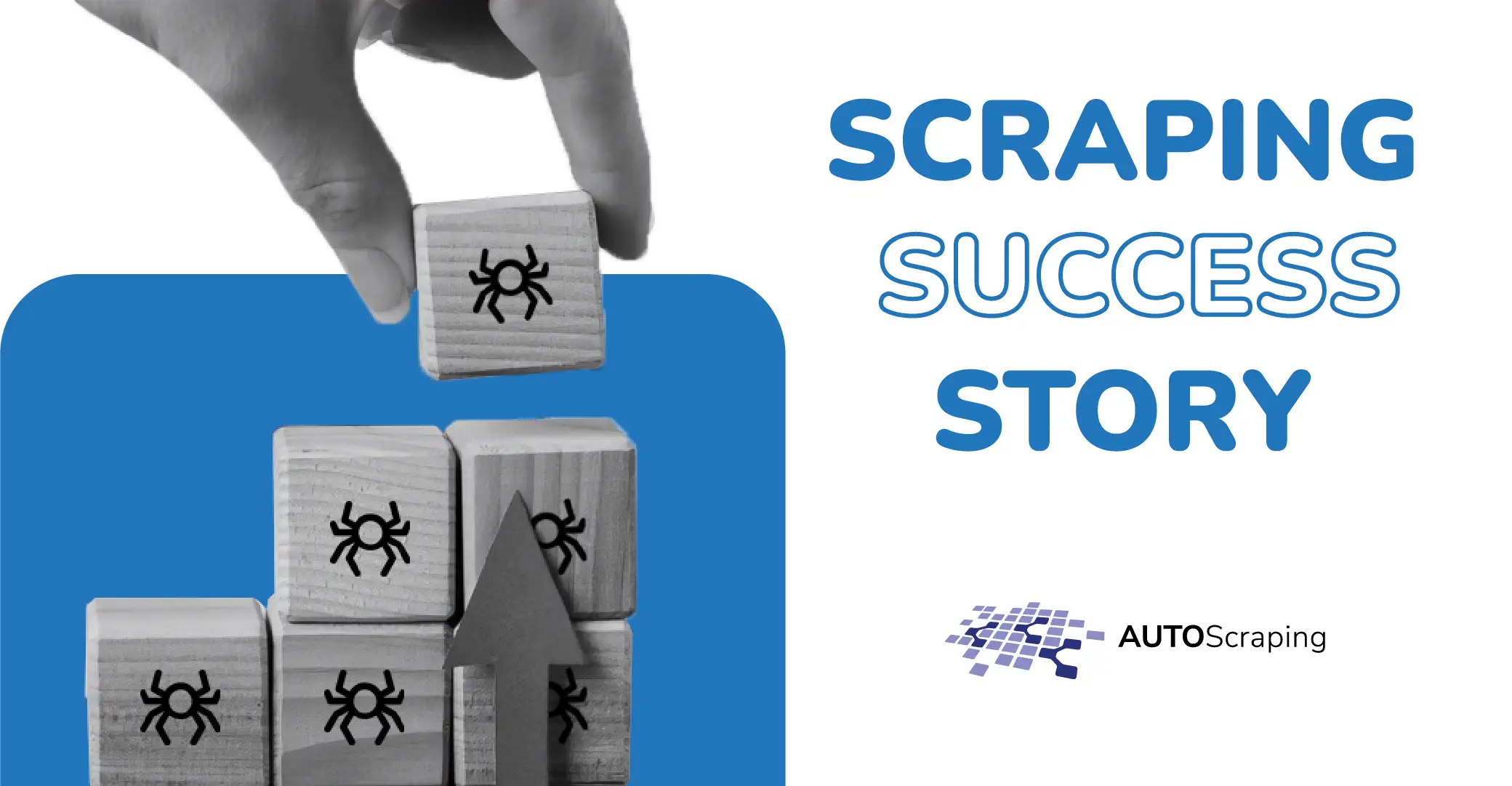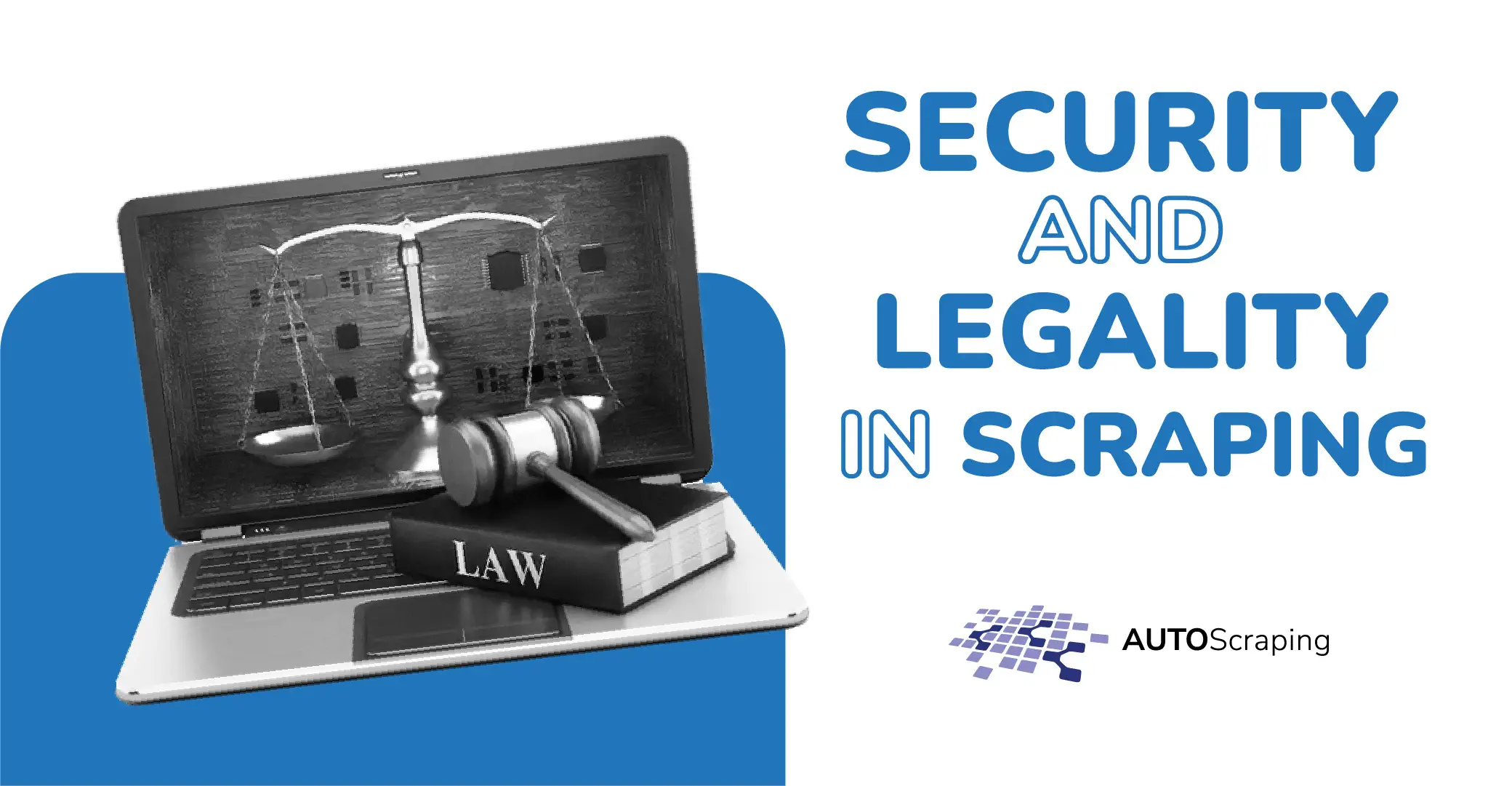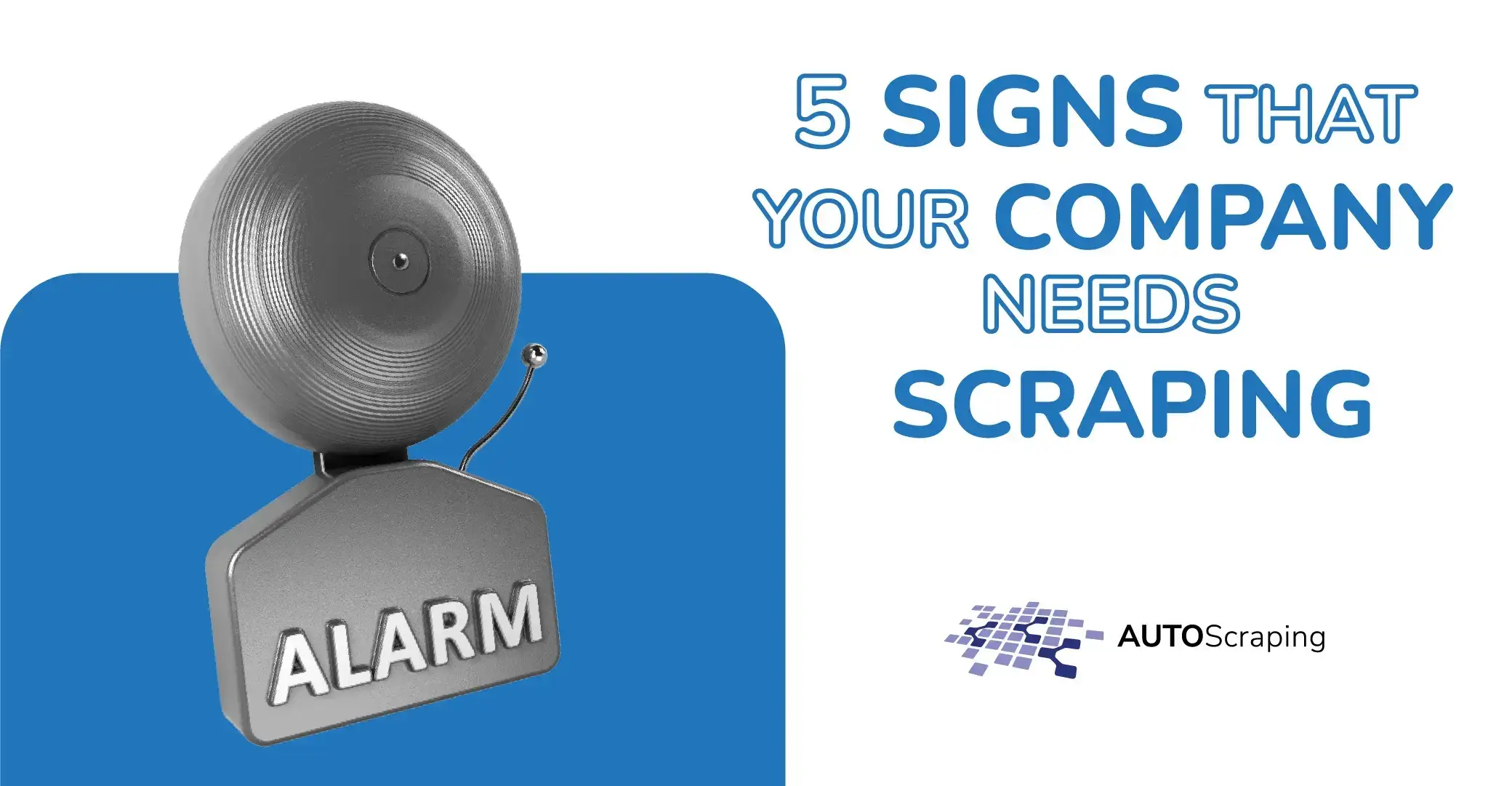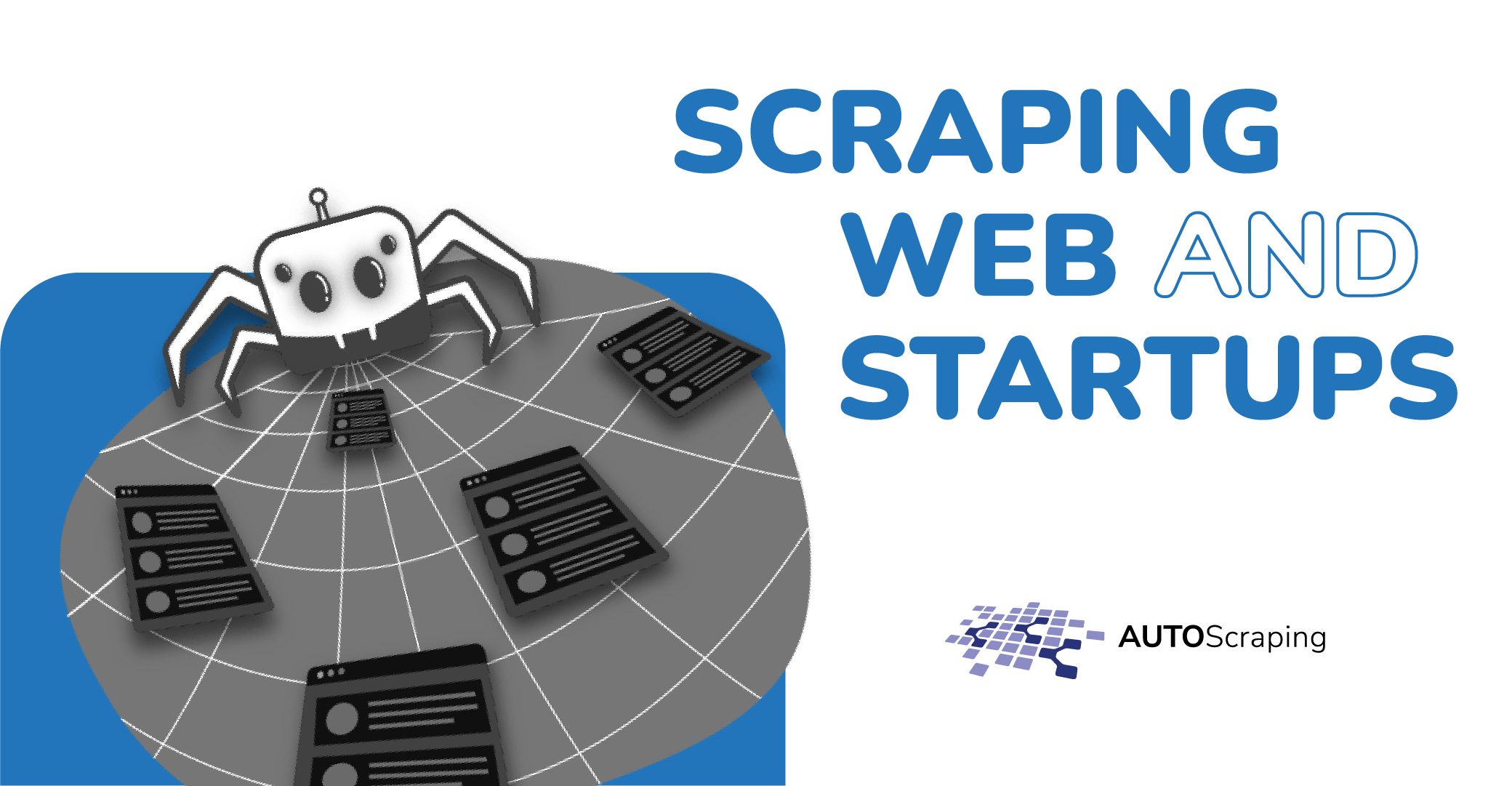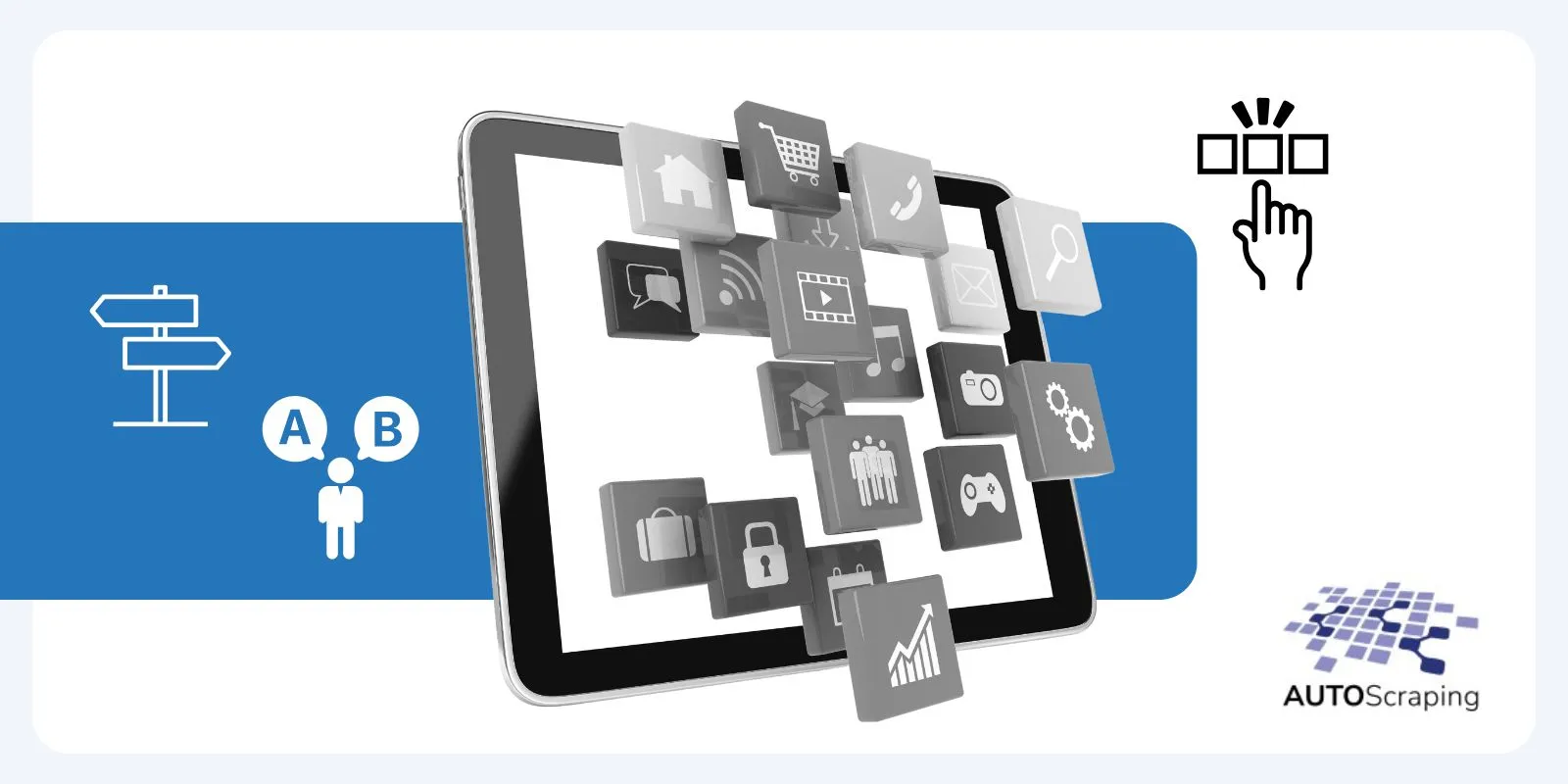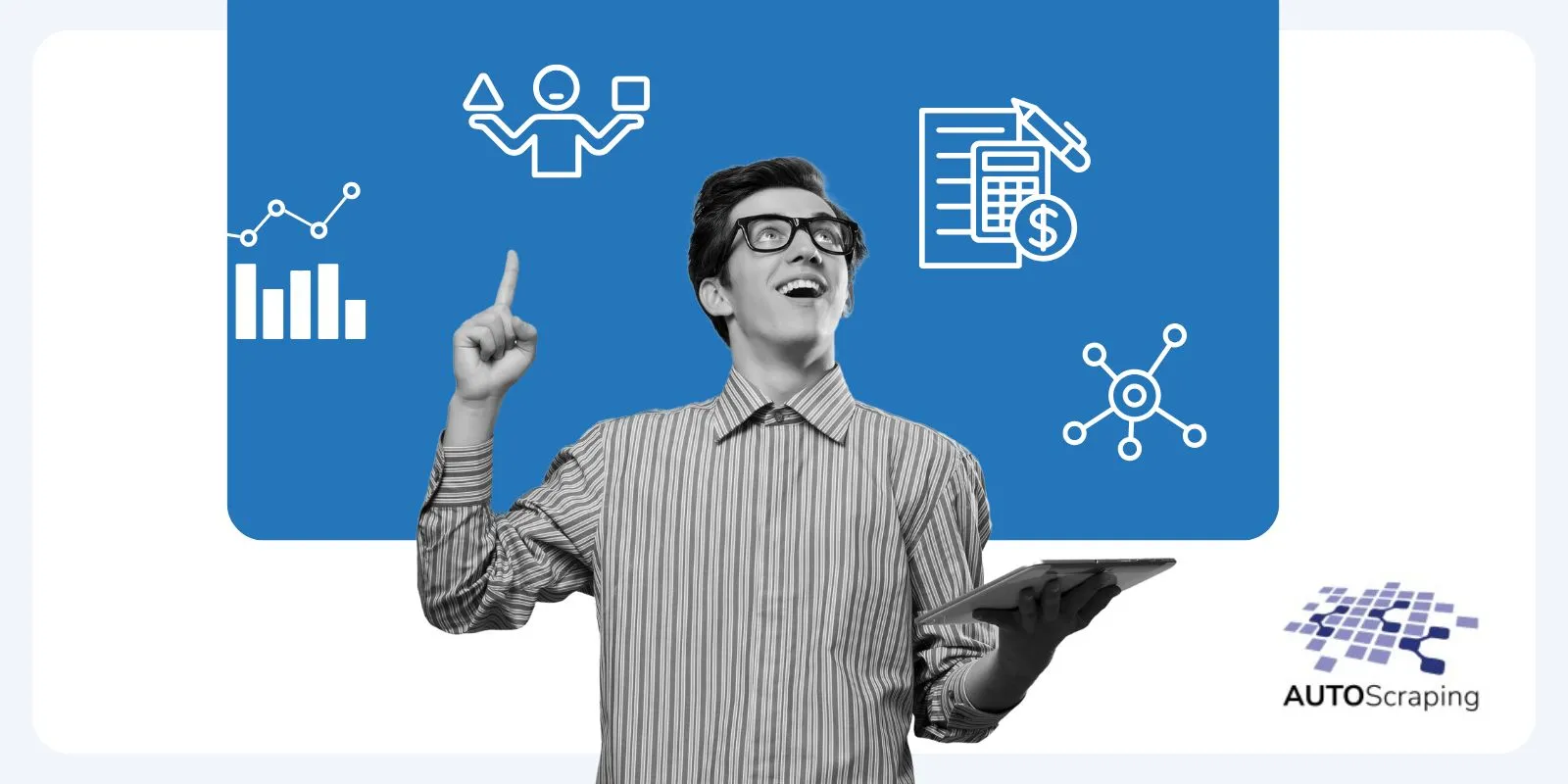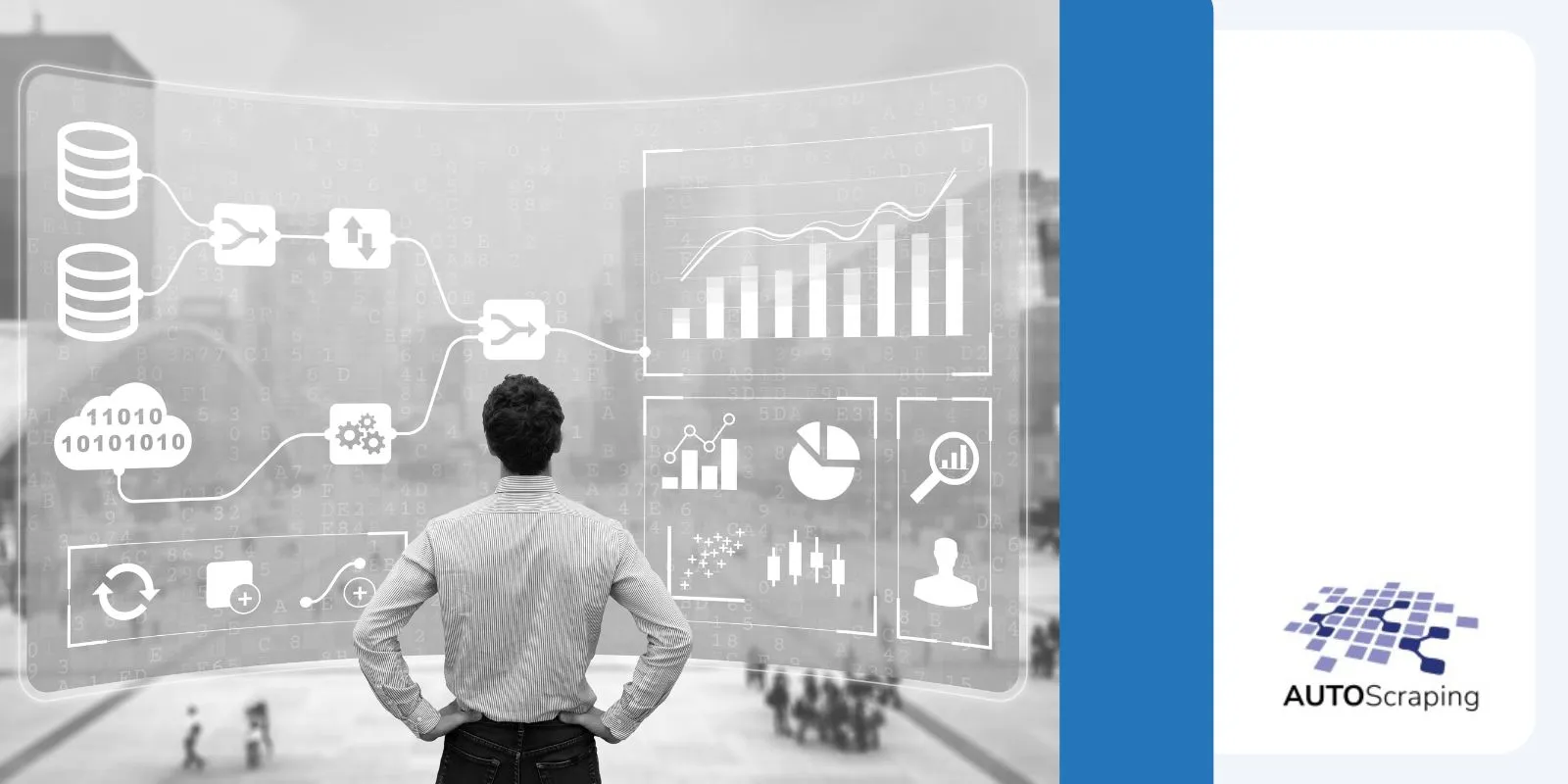In the fintech ecosystem, acquiring and processing real-time data is a key factor in making strategic decisions. From credit risk analysis to detecting investment opportunities, having up-to-date information can make the difference between success and obsolescence.
This article explores a real case of how a Series A fintech scaled its data acquisition using scraping, optimizing its operational performance and significantly reducing costs. Additionally, we will explain how Autoscraping played a key role in implementing a scalable and efficient data extraction strategy.
Initial Challenges of the Fintech
Before implementing an advanced scraping solution, the fintech faced several challenges that limited its growth:
Dependence on Limited APIs
- The fintech gathered financial data through third-party APIs.
- These APIs had high costs and restrictions on the number of daily queries.
- Not all data sources were available via APIs.
Manual Data Processing
- Analysts manually collected information from websites.
- The process was slow, error-prone, and not scalable.
- The data was not always up to date, which affected the quality of decisions.
Growing Demand for Data
- As the fintech scaled, it needed to process large volumes of real-time data.
- The lack of an automated strategy delayed access to key information.
These challenges motivated the fintech to seek a solution that would allow them to automate and scale data acquisition without compromising quality or increasing costs excessively.

Implementing Scraping with Autoscraping
To address these issues, the fintech decided to collaborate with Autoscraping, a provider specialized in data extraction and automation.
Implementation Strategy
The advanced scraping solution was designed in three phases:
Phase 1: Identifying Key Data Sources
- Websites and platforms of interest were analyzed.
- Critical parameters for extracting financial and regulatory data were defined.
Phase 2: Development and Automation of Scrapers
- Custom scraping bots were created to extract data from multiple sources in real time.
- Techniques for bypassing blocks, including rotating proxies and headless browsers, were implemented.
Phase 3: Integration with the Technology Stack
- The extracted data was structured in formats compatible with the fintech’s internal databases.
- It was integrated with internal APIs to facilitate real-time data consumption.
Technology Used
To ensure smooth integration and scalability, tools like:
- Scrapy and Puppeteer for dynamic data extraction
- Proxy rotation and anti-blocking techniques to avoid restrictions
- Apache Kafka for handling real-time data ingestion
- PostgreSQL and BigQuery for storing and processing the extracted data
Results Achieved
The implementation of scraping with Autoscraping had immediate positive impacts on the fintech:
Cost Savings
- Costs associated with acquiring data through third-party APIs were reduced by 60%.
- Automation eliminated the need for manual tasks, reducing the workload of the analyst team.
Faster Data Acquisition
- Scrapers successfully extracted and updated data in real time.
- The fintech’s ability to respond to market fluctuations and regulatory changes improved.
Improved Data Accuracy and Quality
- Data cleaning algorithms were implemented, reducing errors by 80%.
- The fintech could access more reliable and detailed information for risk and investment models.
Limitless Scalability
- The scraping systems designed by Autoscraping allowed for processing 10 times more data without needing to increase internal infrastructure.
- The solution is modular and adaptable, making it easy to expand to new markets and data sources.

Conclusion
This case demonstrates that implementing a well-designed and scalable scraping strategy can transform a fintech’s ability to acquire and process real-time data. Thanks to collaboration with Autoscraping, the company overcame the limitations of APIs, optimized costs, and obtained accurate information without compromising speed or quality.
If your business faces similar challenges and seeks an efficient data acquisition solution, contact Autoscraping and discover how we can help you scale with advanced scraping.
Frequently Asked Questions (FAQs)
- How does Autoscraping avoid scraping blocks?
We use rotating proxies, headless browsers, and advanced CAPTCHA evasion techniques to ensure smooth extraction. - What are the advantages of scraping over using APIs?
Scraping allows access to data not available through APIs and avoids cost restrictions and query limits imposed by data providers. - Can scraping be integrated with Business Intelligence systems?
Yes, extracted data can be integrated with Tableau, Power BI, Looker, and other data analysis tools.

